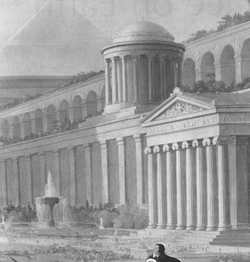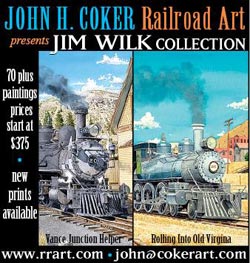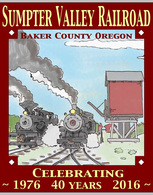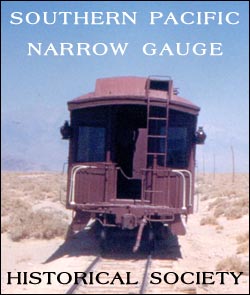

The Baldwin Styles
The Colour & Architecture of US Locomotives
By David Fletcher.
Introduction.

The Steam locomotive was the most complex and highest technological achievement of the 19th century. Rolling symbols of power and prosperity, they reflected the wealth and stability of the railroad as well as the superiority of the companies that built them. Locomotives from the finest firms in America embodied the best in steam innovation, mechanical as well as aesthetic. Locomotive design was a marriage of function, form, and colour.
Today, we model and research the locomotives of a bygone age arguing the merits of one valve gear above another, or becoming obsessive about the number and type of boiler stays, rivets, and number of spokes on a wheel. Seldom does the discussion of colour and decoration come into it. In contrast, when we speak of notable architectural achievements, the colour and finish of the building is as important as the structural and functional design. The designer considers function and aesthetics equally important; discussing one without the other is not a full analysis of the design at all.
Like architecture, a locomotive's mechanical and aesthetic features embody the spirit of the era. To accurately research, model and analyse the locomotive design as the original designers had conceived, I can only implore that this discussion should include the colour scheme and decoration as an integral part of the design. And to do otherwise will only short change the locomotive design and the designer's intent.
This paper serves as an overview of the Baldwin systems for decoration and paint as applied to US Built locomotives, using documentation from the Baldwin Locomotive Works archives and historians' advice on American painting standards.
We're very fortunate that the Baldwin system for design and documentation was so extensive that today, over 100 years after these locomotives were built, we can accurately reconstruct their paint styles along with most other details due to the extensive Baldwin archives held in the special collections of several U.S. libraries.
Historic architectural background and period trends.

Through the 1400s-1800s, the world had enjoyed an almost constant love affair with classical architecture. Over centuries, the world moved from original classical eras of the Greeks and Romans, to Romanesque, Gothic, Renaissance, Baroque, Rococo, and so on. From the mid 1700s to the late 1800s, the classical revival styles saw the same progression, only over decades instead of centuries. During the 1800s America was in the grip of yet another Classical revival period, with much of the eastern US Architecture being of neo classical influence, leading to the construction of Washington DC almost exclusively as a Neo-Classical city. Through the 1800s, the western architectural scene enjoyed a repeat of classical revolutions revived in the same order as the original classical periods
 As such by the 1860s, the Renaissance revival styles had found favor, moving to Neo-Baroque by the late 1860s/early 1870s. The interesting thing about revival styles was that they tend to play with the original concepts, enhance them, and in some instances, simply go over the top. Where the architectural world inspired the popular styles of the day, locomotive aesthetic design followed.
The purity of classical form, proportion and decoration had an immense effect on Human psyche, which is probably why the basic concepts would continue to be revived over the centuries. Classical architecture is evocative and powerful. It inspires confidence, power, stability, strength, knowledge, and tradition. It is not surprising that the railroads would choose classical design for their depots, structures, and locomotive form as well.
As such by the 1860s, the Renaissance revival styles had found favor, moving to Neo-Baroque by the late 1860s/early 1870s. The interesting thing about revival styles was that they tend to play with the original concepts, enhance them, and in some instances, simply go over the top. Where the architectural world inspired the popular styles of the day, locomotive aesthetic design followed.
The purity of classical form, proportion and decoration had an immense effect on Human psyche, which is probably why the basic concepts would continue to be revived over the centuries. Classical architecture is evocative and powerful. It inspires confidence, power, stability, strength, knowledge, and tradition. It is not surprising that the railroads would choose classical design for their depots, structures, and locomotive form as well.

Please use the navigation links below to continue to the next section.
Introduction | Part 1: Origins | Part 2: Baroque Revival | Part 3: Development of Standards | Part 4: Case Studies



